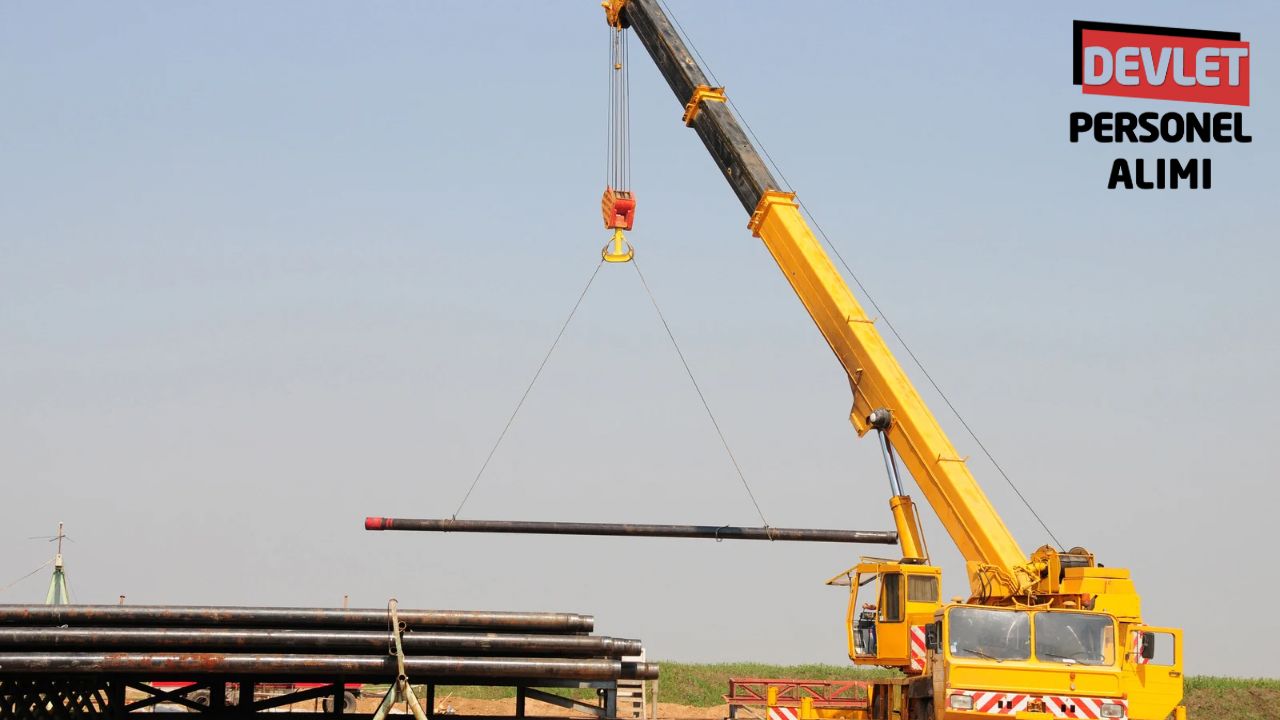
Island & Beach Development Guide - Steps to Success
Island & Beach Development Guide | Kepri Estates
Island & Beach Development Guide | Proven Steps to Success serves as your roadmap for profitability, sustainability, and fulfilling projects. Transforming a pristine island or a serene beach into a haven is more than just a project—it’s an extraordinary journey. With a world eager for unique retreats and luxury escapes, smart investment in island & beach developments can be highly rewarding. Before you begin outlining plans for overwater bungalows or crafting tropical resort guest experiences, understand that success requires careful planning, adept management, and a keen sense of both market trends and environmental conservation.
If you’re keen to learn how to transform an empty coastline using this Island & Beach Development Guide | Proven Steps to Success—whether for a resort, residential, or mixed-use purpose—keep reading for each phase. From choosing the right location for island resorts to overseeing construction and island resort planning steps, this guide is your pathway. Topics include island resort feasibility study, infrastructure planning, and mitigating environmental impacts—each aimed at enhancing returns and preserving what makes coastal spots enchanting. Interested in in-depth analysis, legal advice, or consultancy? Check out how to buy & develop an island and their development services.
Contents
- Site Selection for Island Resorts & Assessment
- Concept Development & Planning
- Resort Zoning & Regulatory Compliance & Permits
- Environmental Considerations
- Infrastructure Planning
- Design Principles
- Financial Planning
- Construction Management
- Operational Planning
- Key Takeaways
Site Selection for Island Resorts & Assessment
Transforming a pristine island or untouched beach into a world-class retreat is both art and strategy. Within 300 km of Singapore, opportunities for sustainable resort development are expanding rapidly — and Kepri Estates (Official) offers the expertise to turn potential into profit. This guide outlines the essential steps for building coastal projects that combine ecological balance, financial sustainability, and guest appeal.
From site selection to operational management, this Island & Beach Development Guide presents a practical roadmap for investors, architects, and developers seeking to create lasting value while preserving natural beauty.
Selecting and Assessing Your Site
The foundation of every successful island resort begins with smart location strategy. Look beyond stunning scenery—consider accessibility, logistics, and resource availability. A deep-water jetty, helipad, or seaplane access can elevate a site’s viability. Conduct soil and drainage studies early, as terrain affects cost and design flexibility.
Evaluate freshwater and energy options—desalination and solar systems can ensure independence. Analyse weather data, storm history, and tidal behaviour to build for longevity. Lastly, assess the cultural and ecological heritage of the area; integrating local identity enriches guest experience and strengthens community support.
Concept Development and Master Planning
Once the site is secured, shape a vision that aligns design, market trends, and sustainability. Boutique resorts often outperform mega-projects by offering intimacy and authenticity. Begin with a feasibility study covering occupancy projections, infrastructure needs, and environmental constraints.
Effective master planning defines unit density, guest circulation, and expansion capacity. Protect view corridors and preserve untouched areas for biodiversity. Combining eco-friendly design with operational efficiency ensures long-term profitability — a hallmark of well-executed island resort development.
Zoning, Permits, and Compliance
Regulatory success depends on preparation. Identify local zoning laws, coastal-setback requirements, and ownership structures early in your process. Foreign investors typically operate under Hak Guna Bangunan (HGB) or Hak Pakai titles.
Environmental Impact Assessments (EIA) are mandatory and should demonstrate water management, waste control, and marine protection strategies. Engage local consultants for smoother approvals and to strengthen community relations. Maintain clear timelines and buffers for permit delays; bureaucracy moves slower offshore.
Environmental and Infrastructure Planning
Sustainability drives profitability. Design resorts that coexist with their surroundings — elevated decks to protect dunes, native vegetation for erosion control, and renewable energy for lower operating costs. Rainwater harvesting, solar grids, and modular wastewater treatment systems are now standard for high-end eco-resorts.
Infrastructure defines reliability: plan efficient logistics, staff housing, and service zones. Provide robust internet connectivity and resilient transport links, from jetties to pathways. Remote locations amplify every weakness, so durability and redundancy are essential.
Design Principles for Coastal Projects
Architecture should blend seamlessly with nature while maintaining guest comfort. Use local materials — bamboo, hardwood, and stone — for authenticity and thermal balance. Employ cross-ventilation, shaded decks, and open-air layouts to reduce energy consumption.
Prioritise simplicity and function. Lighting should enhance ambience without disturbing wildlife. Landscaping must favour native plants, ensuring low maintenance and strong sense of place. Design consistency — from signage to furnishings — reinforces brand identity and elevates guest perception.
Financial and Construction Strategy
Budgeting for island development demands foresight. Factor in higher transport, labour, and material costs. Include contingencies for weather disruptions and regulatory delays. Diversify revenue through real estate components, events, and partnerships with hospitality brands.
During construction, logistics dominate. Schedule deliveries strategically, store materials securely, and prepare for fluctuating conditions. Prioritise quality — marine-grade fittings, reinforced structures, and corrosion-resistant finishes protect long-term investment. Safety and environmental stewardship must remain central throughout the build.
Operational Excellence and Sustainability
A resort’s success depends on efficient daily operations. Recruit skilled local staff, offer training, and build community partnerships to ensure retention. Preventative maintenance is critical in tropical environments — regular inspections of utilities, roofs, and desalination systems keep downtime minimal.
Sustainability enhances reputation and profitability. Introduce eco-programmes for guests, promote waste reduction, and highlight conservation achievements in marketing. Modern property-management technology can streamline bookings, inventory, and energy monitoring even in remote settings.
Key Takeaways
- Site and access determine long-term viability — prioritise transport, water, and power independence.
- Environmental design reduces operating costs while improving brand appeal.
- Local compliance and partnerships simplify permits and build goodwill.
- Financial foresight and phased development protect liquidity and scalability.
- Sustainability and training secure both profitability and community legacy.
By blending vision with pragmatism, the Island & Beach Development Guide – Proven Steps to Success helps investors create destinations that endure. With guidance from Kepri Estates’ development experts, you can build world-class resorts that respect nature, empower communities, and deliver exceptional returns.








Türkçe karakter kullanılmayan ve büyük harflerle yazılmış yorumlar onaylanmamaktadır.